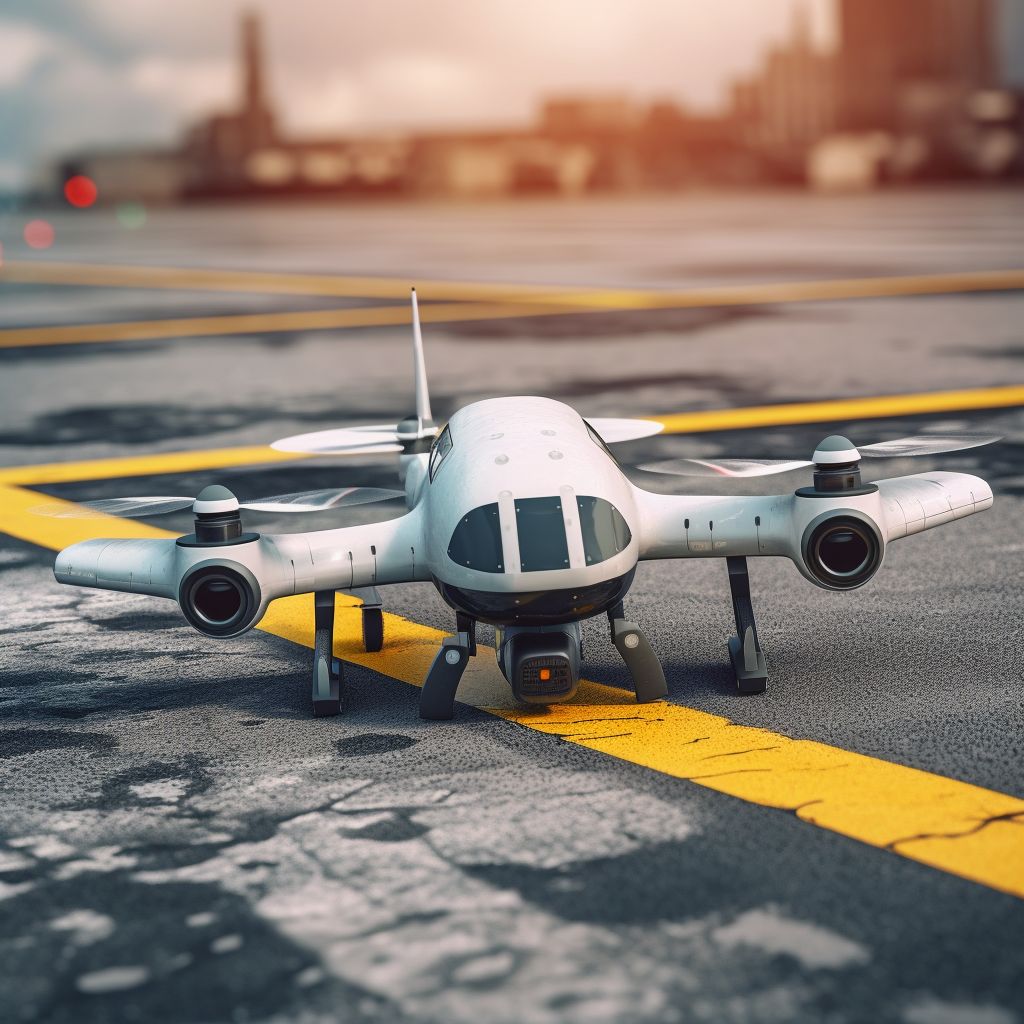From sci-fi movies to reality, the integration of artificial intelligence (AI) into various fields has been nothing short of revolutionary. One such transformative leap is being made in the world of aviation.
The introduction of AI autopilots is a transformative development in aviation. With potential benefits in safety, efficiency, and environmental impact, the future of AI in the aviation industry looks bright. However, it’s important to address potential challenges and concerns to ensure a smooth flight into this exciting new era.
But what does it mean when we say AI is flying planes? Let’s dive in.
Just a few years back, the idea of AI-piloted planes might have been dismissed as science fiction. But the steady advancements in AI and machine learning technologies have made this a tangible reality. We’re witnessing a significant shift from conventional autopilot systems to more sophisticated, AI-based ones. So, what’s the current state of this futuristic tech?
A team of researchers at MIT have developed a new technique that could make autopilots safer and more reliable. Their machine-learning approach matches or exceeds the safety of existing methods while providing a tenfold increase in stability.
The problem that the researchers were addressing is that current autopilots are not always safe or reliable in complex situations. For example, they can crash or stall when flying through narrow corridors. This is because autopilots are typically designed to follow a pre-programmed trajectory. If something unexpected happens, such as an obstacle in the way, the autopilot may not be able to react quickly enough to avoid a collision.
The MIT researchers’ new technique is based on a concept called “stabilize-avoid.” This means that the autopilot is able to both stabilize its trajectory and avoid obstacles. The researchers achieved this by using a machine-learning algorithm that learns to control the vehicle in a way that minimizes the risk of crashing or stalling.

The researchers tested their technique on a simulated jet aircraft. The aircraft was able to fly through a narrow corridor without crashing or stalling. This was a significant improvement over existing autopilots, which would often crash or stall in this type of situation.
The researchers’ technique could be used to develop safer and more reliable autopilots for a variety of vehicles. It could also be used to improve the safety of existing autopilots.
Implications for the Future of Autopilots
The development of this new technique is a significant step forward in the quest for safer and more reliable autopilots. It could lead to the development of autopilots that are capable of flying through complex and challenging environments with greater safety and reliability.
This could have a major impact on the future of transportation. Autopilots could be used to make flying safer and more efficient. They could also be used to develop new types of transportation vehicles, such as self-driving cars and drones.
The future of autopilots is looking bright thanks to the work of these MIT researchers. Their new technique has the potential to make autopilots safer and more reliable than ever before.




